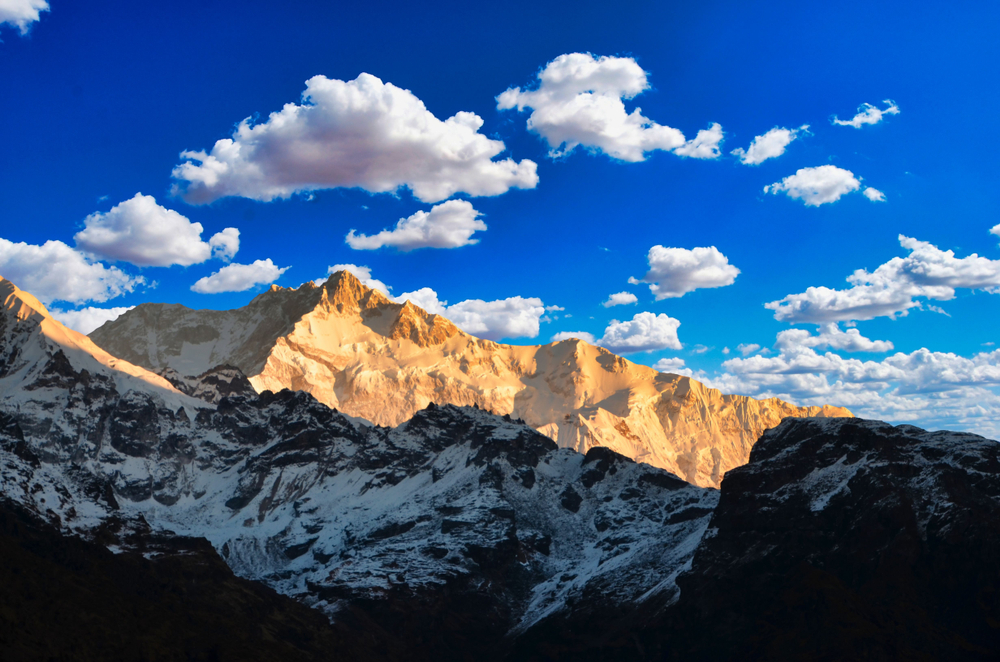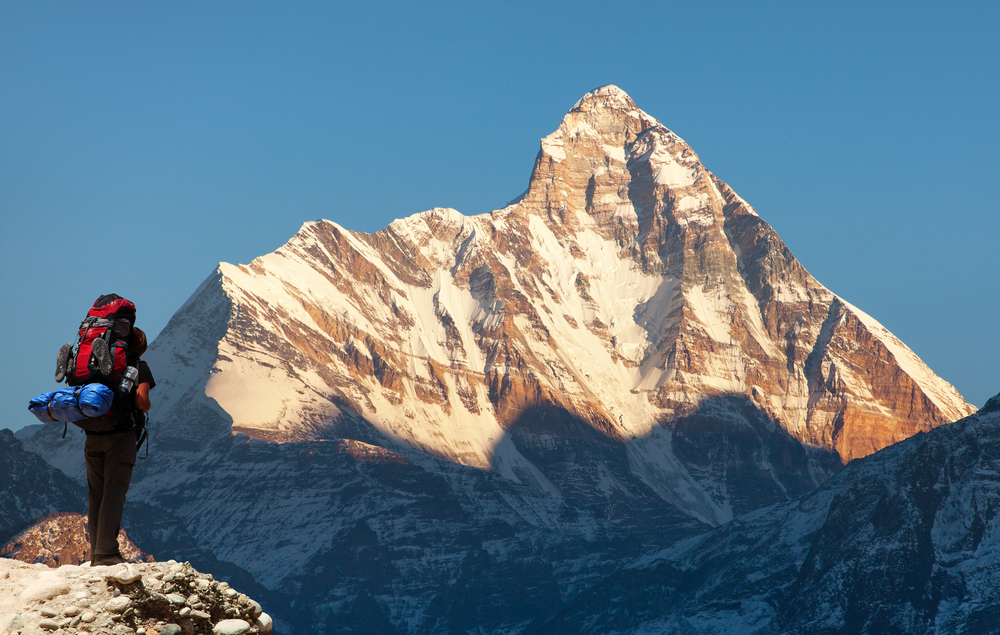Geography: Mountains
India's diverse and expansive landscape includes mountain ranges that have left a meaningful mark on the nation's culture, history, and identity. These majestic peaks cradle numerous rivers and tributaries, serving as the headwaters that sustain downstream regions. Historically, mountains have been natural fortresses, offering strategic advantages and protection to civilizations and kingdoms that sought dominion over the region. These ranges have played pivotal roles in shaping the nation's destiny, influencing politics, trade routes, and military campaigns. India's mountains hold deep cultural and symbolic importance as well, revered as symbols of strength, endurance, and resilience in Indian folklore, literature, and art.
The table below presents information about India's most prominent mountains.
|
Highest Peaks |
Elevation |
Mountain Range |
Type of Range |
|
Kanchenjunga |
8,598 m (28,169 ft) |
Himalayas |
Fold |
|
Nanda Devi |
7,816 m (25,643 ft) |
Himalayas |
Fold |
|
Kamet |
7,756 m (25,446 ft) |
Himalayas |
Fold |
|
Saltoro Kangri / K10 |
7,742 m (25,400 ft) |
Karakoram |
Fold |
|
Saser Kangri I / K22 |
7,672 m (25,171 ft) |
Karakoram |
Fold |
|
Mamostong Kangri / K35 |
7,516 m (24,659 ft) |
Karakoram |
Fold |
|
Saser Kangri II E |
7,513 m (24,649 ft) |
Karakoram |
Fold |
|
Saser Kangri III |
7,495 m (24,594 ft) |
Karakoram |
Fold |
|
Teram Kangri I |
7,495 m (24,589 ft) |
Karakoram |
Fold |
|
Jongsong Peak |
7,462 m (24,482 ft) |
Himalayas |
Fold |
Copyright © 1993—2025 World Trade Press. All rights reserved.

 India
India 
